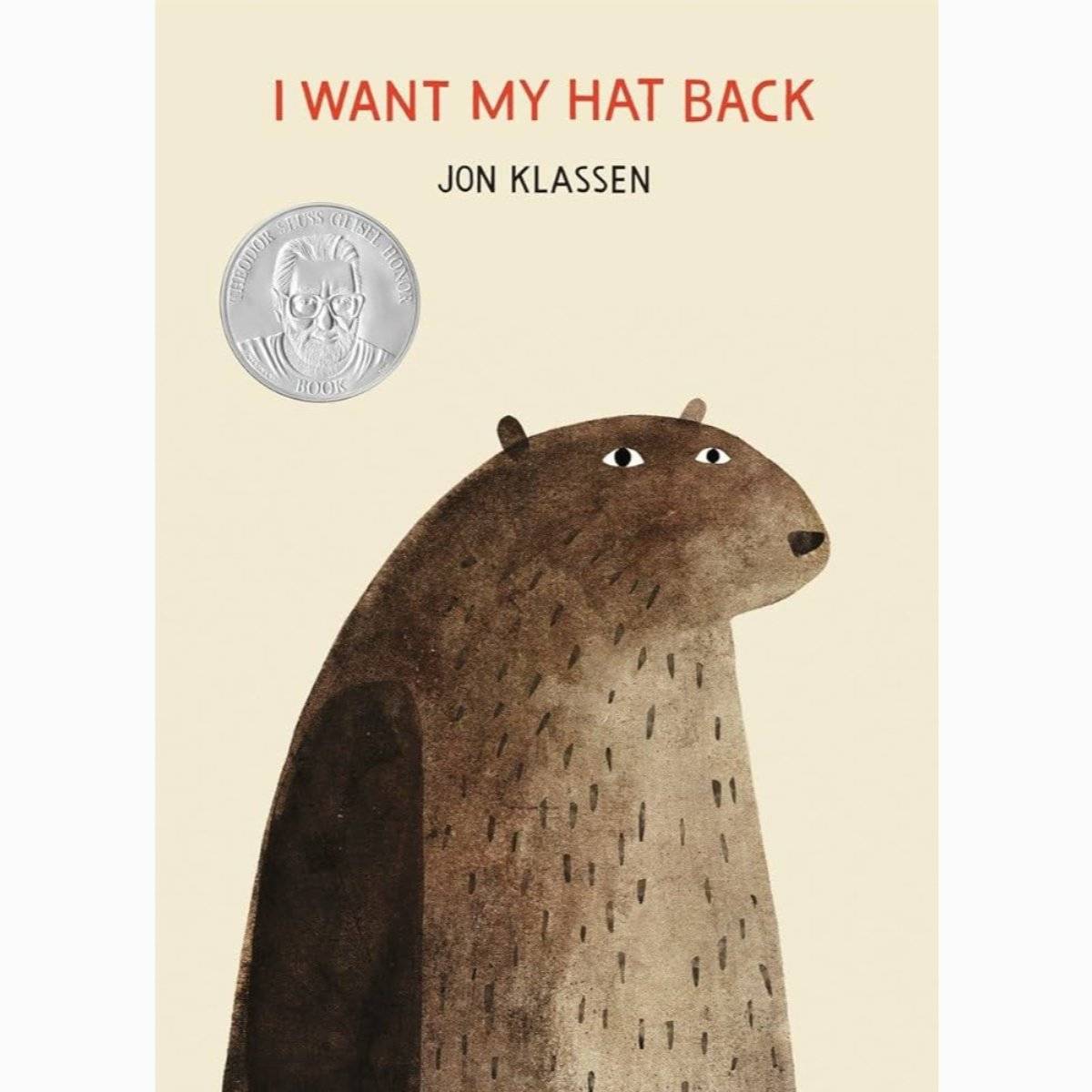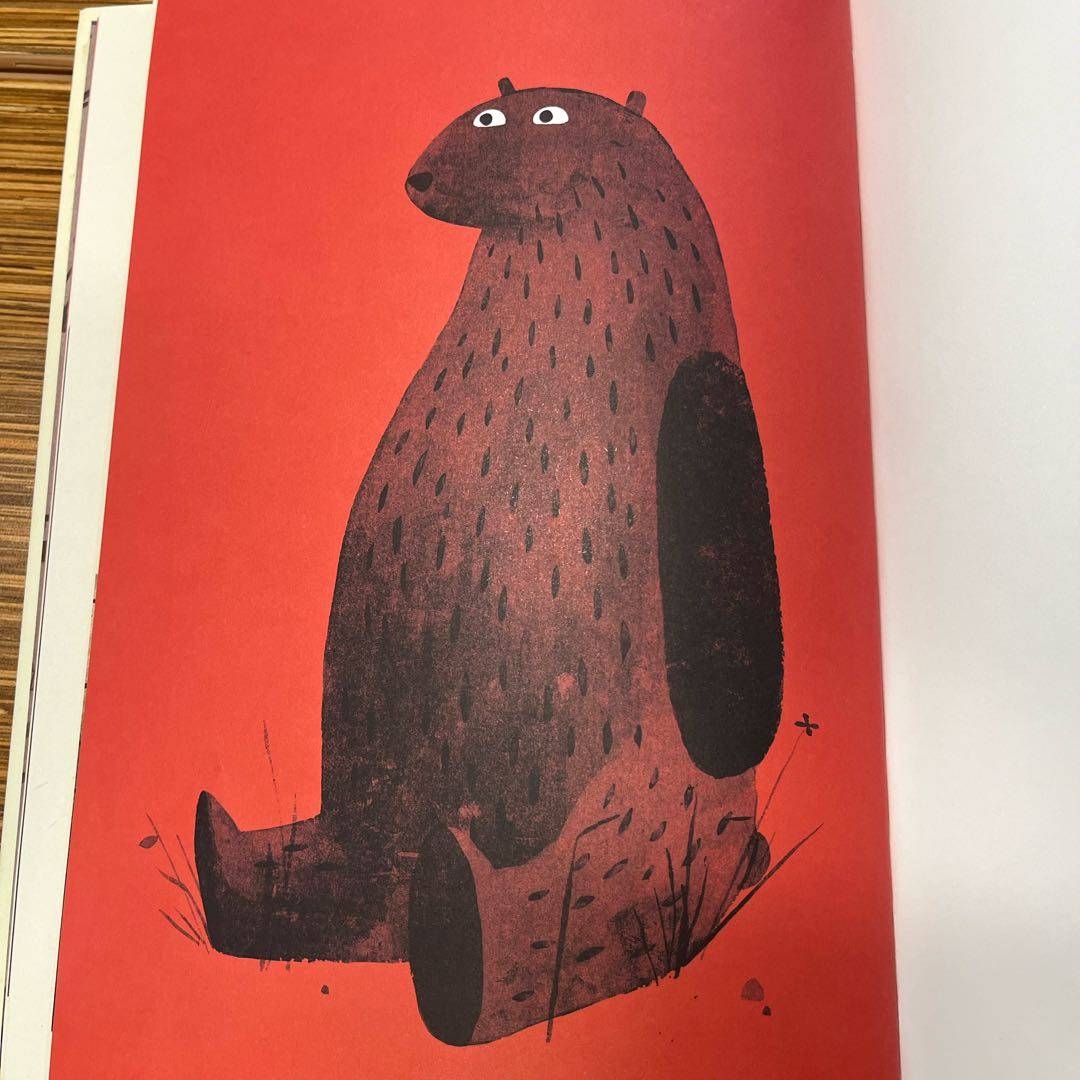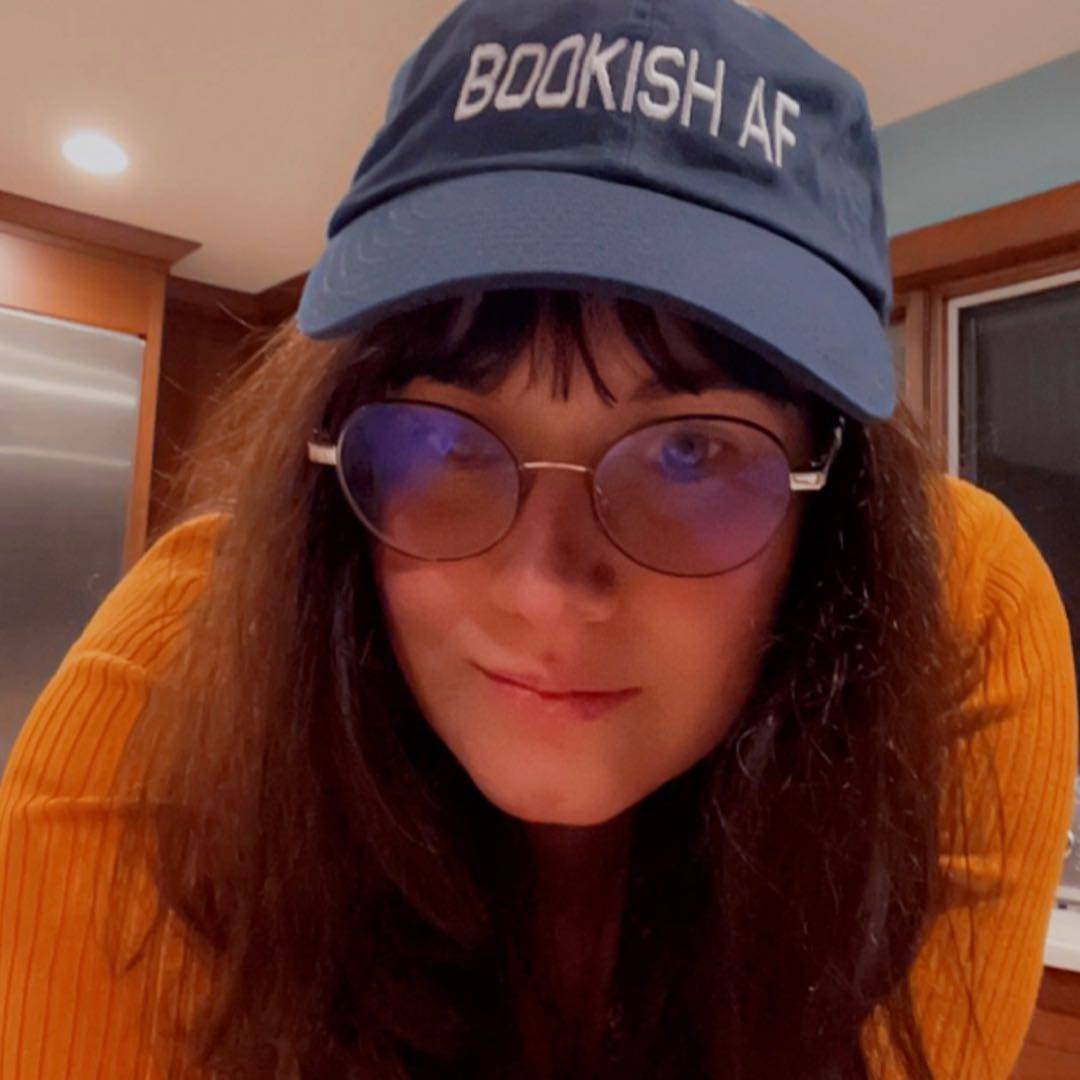“No. Why are you asking me. I haven't seen it. I haven't seen any hats anywhere. I would not steal a hat. Don't ask me any more questions.”
“No. Why are you asking me. I haven't seen it. I haven't seen any hats anywhere. I would not steal a hat. Don't ask me any more questions.”
This is an excellent book to read to children as you can review the bear is emotions. There are pages without words that leave it up for interpretation for the students. The ending of the story is left up for interpretation as well. Whether he sat on the rabbit, ate the rabbit, or the rabbit walked away.
“I Want My Hat Back” was published in 2011. This book is about a main character who is a bear, going around asking other animals if they have seen his hat. Every animal replies they have not seen his hat; however, it was on the rabbits head as he asked the rabbit. Once he still cannot find his hat he gets upset.
I like that the lost hat is visible on one of the pages, I wonder if any readers will catch that on the first read. It would be good questioning to see if any students can recall who had Bear‘s hat.
I like the lack of movement in the story throughout the repetitions (Bear keeps the same expression and location on every page until he lays down. There is a good use of color in the background during Bear's realization that he has seen his hat. I found this book really funny honestly. It has a slightly ambiguous ending…
“I haven't seen anything all day. I have been trying to climb this rock.“ “Would you like me to lift you on top of it?“
I liked this quote because even though Bear was in distress about his hat, he was still willing to help others.
I would use this book for students to learn how to make predictions. The book is very repetitive so it's a good way to get them involved and have them learn what will come next.
I want my hat back by Jon Klassen was published in 2011 and goes through the journey of a bear trying to find his missing hat. He asks all his fellow animals if they have seen it and no one has. It was a great, simple book. The illustrations were simple.
I would utilize this in my first grade classroom by practicing dialogue in text and distinguishes which characters are talking.
In the book “I Want My Hat Back,“ it demonstrates different dialogues colors corresponding with each of the characters hats or colors. The use of white space in the book is also prevalent, making the colors of the animals and the text very distinctive.

In “I Want my Hat Back“ by Jon Klassan, 2011, In this book, Bear looses his favorite red hat and goes on an adventure to find it! He describes it to each friend and still can't find it. He asks all his friends and later finds out the first person he asked had his hat all along!
The illustrations in this book contain the use of many elements of design that help the pictures to help tell the story. There was intense red coloration on one page in particular in this book. The bright red hue allowed the reader to understand just how angry the character was feeling. The use of blank space was also present on many pages in this book, allowing for the reader to fill in the space themselves using their own words/predictions.
I believe this children's book could act as a great tool to assist in constructing and or building upon the concept of interfering, making predictions, drawing conclusions, etc. with young elementary students. The story ends without a clear coconscious as to what happened allowing the reader to use the skills previously listed to determine for themselves.
“No. Why are you asking me. I haven't seen it. I haven't seen any hats anywhere. I would not steal a hat. Don't ask me any more questions.“
This is an excellent book to read to children as you can review the bear is emotions. There are pages without words that leave it up for interpretation for the students. The ending of the story is left up for interpretation as well. Whether he sat on the rabbit, ate the rabbit, or the rabbit walked away. As a teacher, you can go over the bear's emotions and relate them to some of the emotions people feel when they lose something.
“I Want My Hat Back“ was published in 2011. This book is about a main character who is a bear, going around asking other animals if they have seen his hat. Every animal replies they have not seen his hat; however, it was on the rabits head as he asked the rabbit. Once he still cannot find his hat he gets upset. Finally, he recalls seeing his hat on the rabbit. The entire page gets red to show the immediate emotion the bear is feeling.

“Have you seen my hat?” “No. Why are you asking me. I haven‘t seen it. I haven‘t seen any hats anywhere…”
This book would be great for a creative writing assignment. Students could create their own ending as to what happens to the rabbit or create their own story with their own creatures.
I Want My Hat Back by Jon Klassen is a humorous book that follows a bear-like creature on his journey to find his missing hat. The illustrator uses neutral colors and round / oblong shapes for the characters but uses a bright red in a triangular shape for the hat. The use of shapes helps children see the story.

The red coloring is different from all the other pages and can really stand out to the students.
I would use this book in a classroom as an introduction to maybe how colors can explain different emotions. For example in this book, the color red is not only anger but also what the main character desires. It can also be seen as he is angry because he does not have the one thing he is looking for so that's why the color is the same.
I would use I Want My Hat Back in my classroom by reading it out loud then doing a creative writing activity following the reading. This book allows students to interpret the ending on their own. I think it would be cool to hear what students think should or would happen after the story. I would have the students write an extension of the story.
“Nobody has seen my hat. What if I never see it again? What if nobody ever finds it? My poor hat. I miss it so much.“
“I Want My Hat Back“ by Jon Klassen is a humorous book and story that allows students to look into the eyes of the main character to understand why he is feeling the way he is. The muted tones of the characters and the background pages allow for the pop of contrast when he is angry or when the item in question (the hat) is illustrated allowing for an easy image for the students to see.
I thought this would be an excellent book for me to read in my classroom because it conveys that lying and stealing are wrong.
The main character of the book is looking for their missing hat. They ask other animals if they have seen their hat, all say no. At the end of the book, the main character realizes that one of the animals they had spoken to was wearing their hat. They go back and retrieve their hat, but what happens to the animal who stole their hat? This book would be great to help students learn expressing emotions, solving problems, and prediction skills.

“I HAVE SEEN MY HAT“
This quote is filled with anger as the page with the bear is red and the bear's eyes are filled with anger. This page exhibits the anger bear feels in knowing that he has seen his hat.
I Want My Hat Back is a children's picture book written and illustrated by Jon Klassen. It was published in 2011. This picture book is extremely humorous and is told in entirely in dialogue between several animals. The book allows children to interpret the ending themselves and lets the readers feel like they are part of the story. The illustrations use color to portray emotions of the animals throughout the story. This book made me laugh!
This book was very funny and exciting to read as it left me wondering what the next page would be. I would use this in a classroom to have students write a reflection on the ending of the book.
“I Want My Hat Back“ by Jon Klassen is a fantastic picture book that uses multiple elements of design in order to tell an entertaining and question-probing story. Klassen uses simple illustrations and unique features, creates lots of space with color coded lines and pages to show readers the expressions and emotions of the characters within the book. These elements of design help portray the humorous message and keep readers wondering what happens
I Want My Hat Back by Jon Klassen was published in 2011. This picture book is about a bear who is searching for his missing hat. He makes his way around, asking every animal he meets whether they have seen it. The moment the bear begins to describe the hat, he recalls where he last saw it: on the head of a rabbit. The bear leaps to his feet and retreats until he runs into the thief and reclaims the hat.
I Want My Hat Back by Jon Klassen is an entertaining and engaging book for young children. This book explores how the bear is desperately searching for his hat. Along the way, the bear is puzzled about knowing where his hat went and searches long and hard for it.
Review:
The art in this book was used extremely well to portray how the “bear“ is feeling throughout the book; the colors behind the bear, the eyes with emotion, and even the placement of the text to portray how the bear feels throughout the book.
Blurb:
This book would be great in a prek-3rd grade classroom. It has a good amount of stress and the photos correlate so well with the text
Quote:
“Don't ask me anymore questions.“
I love the simplicity in the illustrations! The eyes alone really show so much emotion throughout the whole story.
This book was amazing! I love how sarcastic it is and how simple it is. Even though it‘s simple I feel that you still understand the big emotions that are represented in the book.
This book by Mo Willems has the same artistic style as most of his other books. He is very minimalistic in colors, lines and shapes. This book had an interesting use of color by having most of the animals be brown or beige but the hat was bright red. The same color as the page when the main character was very angry. Children would be drawn to this book based on its minimalism and twist.
A creature is looking for his hat and asking all of the woodland creatures. He finally finds his hat.

Got a new hat from my local indie and I love it!
September 27th, 2011
Bear hat is missing, and he wants it back. He asked all his friends, and no one is helping him to find his hat. He must retrace his steps and find his hat all by himself.
This book is a Theador Seuss Geisel Honor Honor book. Published in 2011. Its about a bear that lost his hat and he goes around asking other animals if they have seen his hat. A rabbit is wearing his hat and acts guilty but says its not the bears hat. The bear then remembers he saw the hat and got it back from the bunny. Someone asked if the bear saw the bunny in the hat and he says no and acts guilty like the bunny.